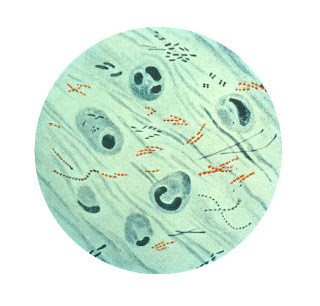Emergence of Extensively Drug Resistant Tuberculosis - PODCAST. Extensively drug-resistant tuberculosis (XDR TB) outbreaks have been reported in South Africa, and strains have been identified on 6 continents. Dr. Peter Cegielski, team leader for drug-resistant TB with the Division of Tuberculosis Elimination at CDC, comments on a multinational team's report on this emerging global public health threat.
XDR TB is of special concern for persons with HIV infection or other conditions that can weaken the immune system. These persons are more likely to develop TB disease once they are infected, and also have a higher risk of death once they develop TB disease.
The risk of acquiring XDR TB in the United States appears to be relatively low. However, it is important to acknowledge the ease at which TB can spread. As long as XDR TB exists, the United States is at risk and must address the threat. Morbidity rate 70%
Investigation of U.S. Traveler with Extensively Drug–Resistant Tuberculosis (XDR TB)
- Flight Itinerary of U.S. Traveler with Extensively Drug–Resistant Tuberculosis (XDR TB) (May 30, 2007)
- Press Conference Transcript, May 29, 2007
- CDC Health Advisory: May 29, 2007
- Extensively Drug-Resistant Tuberculosis (XDR TB)
- CDC’s Role in Preventing Extensively Drug-Resistant Tuberculosis (XDR TB)
- Multidrug-Resistant Tuberculosis (MDR TB)
- Tuberculosis Information for International Travelers
- Extensively Drug-Resistant Tuberculosis - United States, 1993--2006 MMWR 2007; 56 (No. 11) (PDF - 329KB)
- Revised Definition of Extensively Drug-Resistant Tuberculosis MMWR November 3, 2006 Vol. 55, No. 43 (PDF - 298k)
- Emergence of Mycobacterium tuberculosis with Extensive Resistance to Second-Line Drugs — Worldwide, 2000–2004 MMWR March 24, 2006 Vol. 55, No.11 (PDF - 406k)














1 comment:
The Govt and CDC are lying through their teeth.
XDR TB has been in the US for months - including an illegal alien who has been in quarantine in Phoenix since last July.
http://www.sfgate.com/cgi-bin/article.cgi?
Post a Comment